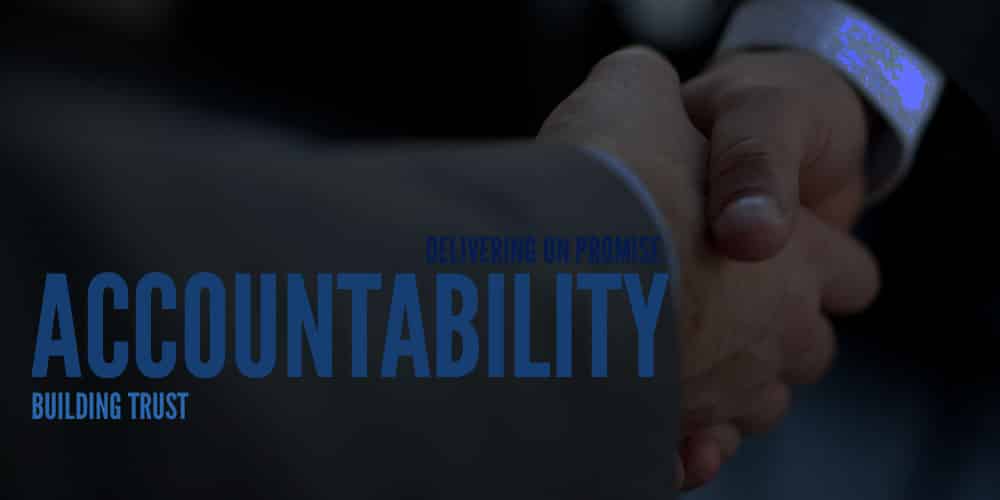Product Problems: How Great CEOs Demonstrate Accountability

As a CEO, it’s one of the worst types of news you can hear: your product failed and someone was harmed – and worse yet, it wasn’t a one-time event. Rather, you’ve produced and sold countless flawed products. Who can you blame but yourself?
Acknowledging your responsibilities to your business, employees, and customers is the act of an honorable leader, but we commonly see high-level executives looking to shift the blame for business mistakes onto lower ranking individuals. They have the power and they see a way out. It’s an unethical road, but it’s one many people choose.
When faced with a defective product and a significant recall, CEOs have the chance to demonstrate leadership and accountability to their employees and contribute to a culture or responsibility in the workplace. Though we would all prefer not to be faced with such a situation, when a product defect comes to your attention, the onus is on you to demonstrate the right response.
Go Public
The first thing a CEO needs to do when a product defect comes to their attention is determine how much employees and the public already know, and how to enter into that conversation. Often this means calling a company-wide meeting and really listening to what people say. You need to create a space for conversation where you as listen at least twice as much as you speak. Employees closer to the production end frequently know the most about product flaws, but due to lack of direct contact with leadership, these concerns were never addressed.
After talking to your employees, prepare to go fully public about the problem by writing a statement or press release. Individuals may have already filed a defective product lawsuit and you should make clear in your statement that you are ready to do everything possible to make things right with those who have been harmed. This is accountability at it’s most raw and difficult – but also at it’s most vital.
Seek the Source, But Don’t Lay Blame
Once you’ve publically addressed the issues arising from a product defect and issued a recall, it’s time to look within the structure of your company for the source of the problem. This is a complicated process because you want to prevent the same mistake from being made again, but you don’t want to go around issuing blame and firing people. Product quality is your responsibility, even if you know very little about day-to-day development and manufacturing.
Remember, if you want to take responsibility for your vision when it succeeds, you also need to own it when it fails.
Collaborate with Retailers
When you make and sell a defective product, the scope of the harm can be extensive. Included in that loop are the retailers who sell your product or businesses that use it in daily operations. Big companies like Amazon are unlikely to take the hit for stocking a defective item – it’s a faceless entity – but some small retailers may need help managing returns and stocking issues.
Small retailers know that your company, as the manufacturer, faces the brunt of the backlash when a product is recalled, so they will be surprised and appreciative when you offer to help them navigate the situation. This demonstrates to retailers that your company remains one that they want to do business with, modeling corporate responsibility in action for your employees.
As President Truman’s famous desk signed declared, “The Buck Stops Here.” As a CEO, you need to live by this motto, and by doing so help your employees at every level own their role within the company. It’s only when we readily act in the spirit of accountability that we build a strong business at every level.
Bring the best of the CEOWORLD magazine's global journalism to audiences in the United States and around the world. - Add CEOWORLD magazine to your Google News feed.
Follow CEOWORLD magazine headlines on: Google News, LinkedIn, Twitter, and Facebook.
Copyright 2025 The CEOWORLD magazine. All rights reserved. This material (and any extract from it) must not be copied, redistributed or placed on any website, without CEOWORLD magazine' prior written consent. For media queries, please contact: info@ceoworld.biz








